Why Europe's golden waterway could be first in line for river cruisers
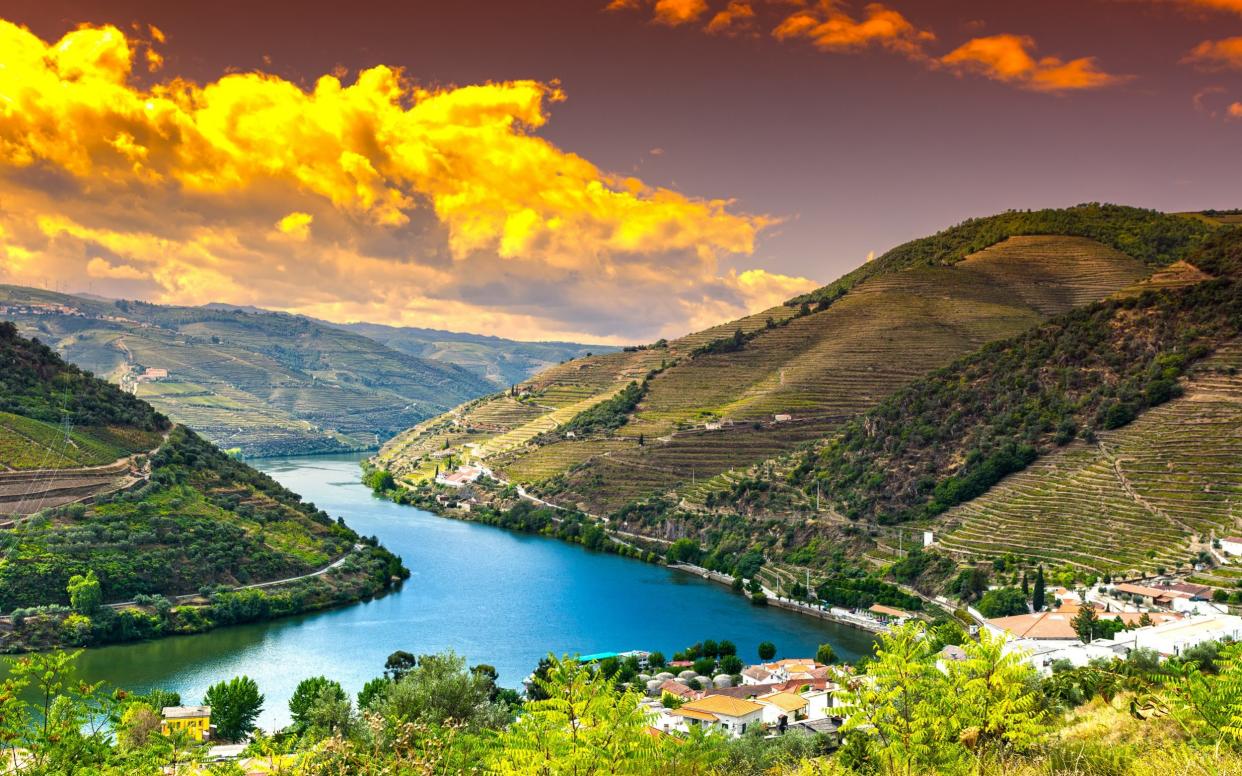
It is a glorious way to sail, soporifically along Portugal’s Douro river, its flowing waters as silky smooth as the port wines this region famously produces.
And with the country making an appearance on the UK’s debut travel ‘green list’ announced on Friday May 7, those looking to cruise though the dramatic gorges of the Douro Valley have been given a big confidence boost.
I had sailed along the Douro some years ago and was keen return last year during the mellow autumnal months that follow the fierce heat of summer; when the terraced vines covering precipitous slopes hang heavy with the fruits harvested by the Portuguese wineries or quintas dotted along its route. A clutch of sailings did operate last summer but Portugal being placed on the ‘red’ quarantine list put an end to any hopes that Brits had of joining them.
Douro cruising has an entirely different flavour to other European rivers, notably the Rhine and the Danube, which have a busier feel as they flow through some of Europe’s most historic and bustling cities.
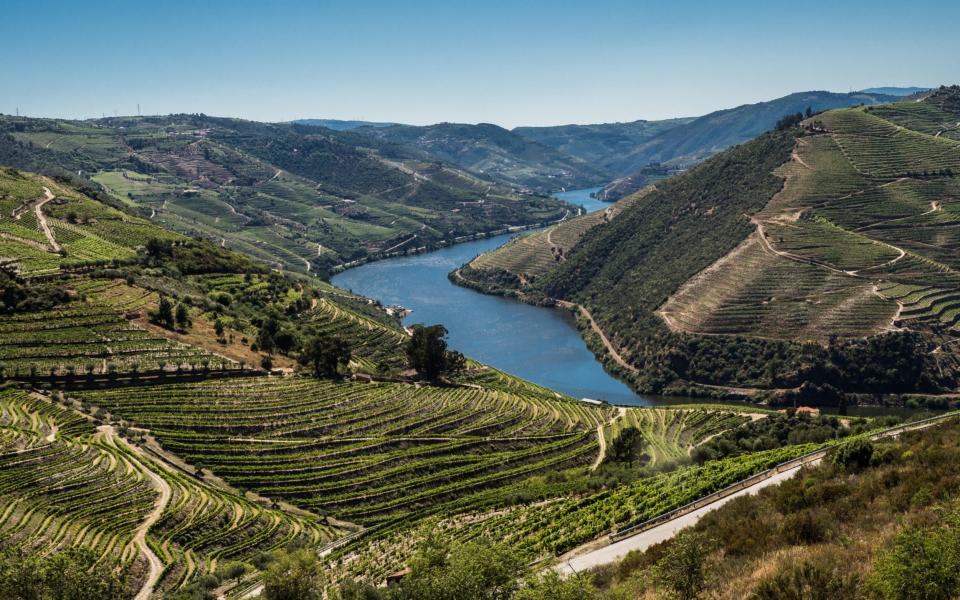
The so-called River of Gold is more of an exotic backwater as it winds through Portugal’s remote hinterland, which has Unesco World Heritage status as the world’s first demarcated wine region.
It retraces the centuries-old route taken by the early port-traders who transported barrels of these fortified wines in wooden “rabelo” boats to the port houses further downstream.
In those days, the Douro was a fearsome foe. Its treacherous waterfalls and fast-flowing rapids regularly upended boats and their precious cargo, and in 1862 claimed the life of Englishman Baron Joseph James Forrester who drowned when his boat foundered on rocks. It is thought the weight of his money-belt, full of gold sovereigns, dragged him down to the riverbed, though his body was never found. However, the ladies accompanying him floated to safety after their crinoline skirts filled with air.
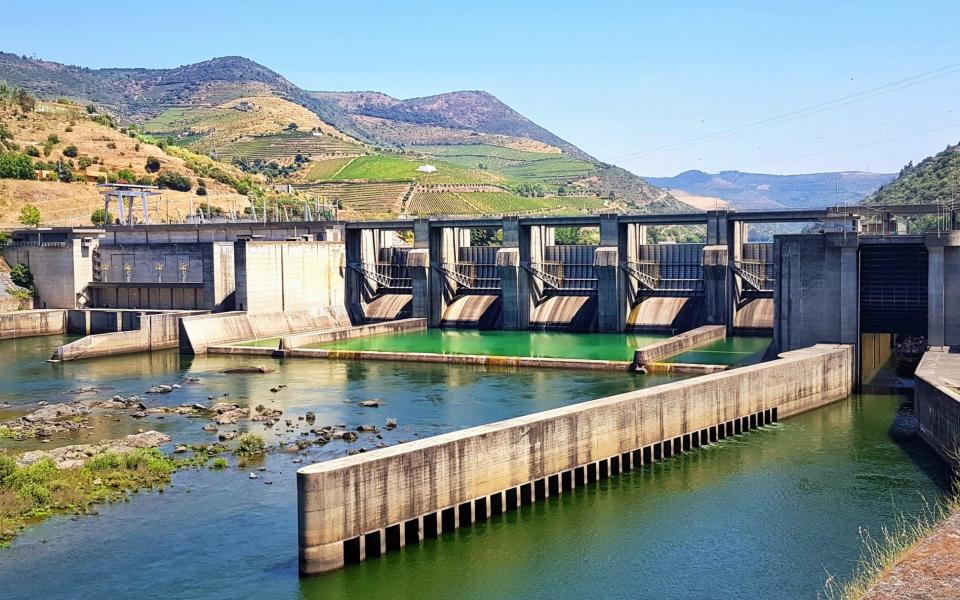
The waterway has since been tamed by an ambitious programme of locks that created a series of dams providing hydro-electric power and are points of interest in their own right as they are among the highest in Europe with water levels rising and falling by 35 metres.
Another difference between the Douro and its European cousins is that it is only navigable for a small section – a stretch of around 125 miles between picturesque coastal city Porto and Vega de Terron on the Spanish border, thus requiring riverboats to retrace their steps.
Round-trips take only four or five days, with one-week stays normally including a couple of nights moored in Porto, which is well worth exploring.
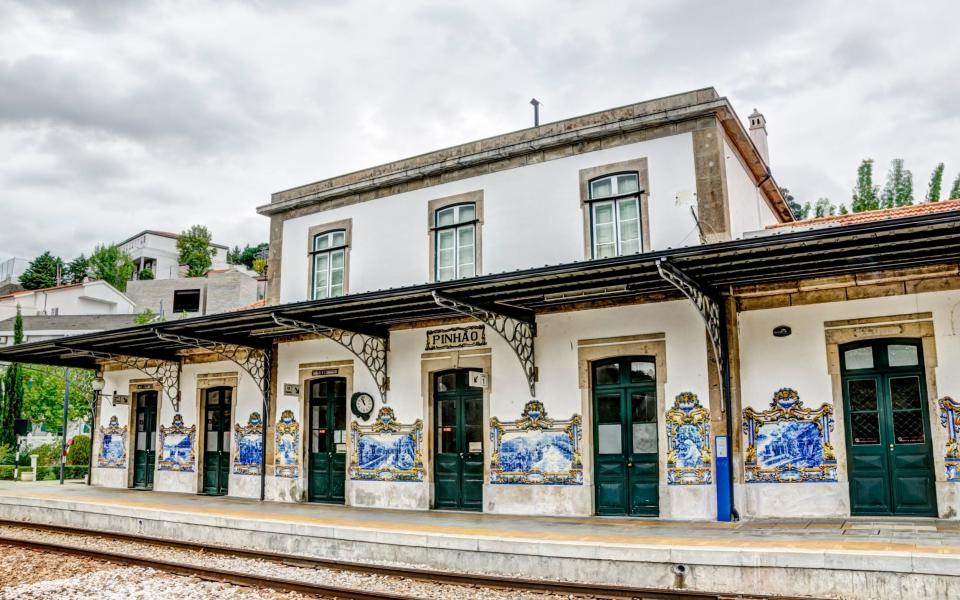
Sailings progress at a slow and sleepy pace, with a feeling of being completely away from it all. Tours whisk guests off to sleepy villages, brimming with history, beautiful vistas and rich Baroque architecture.
At Pinhao, one of the foremost draws is the railway station’s distinctive blue and white tiled panels depicting local scenes, though an excursion to the handsome baroque Solar de Mateus palace may strike more chords with eagle-eyed visitors who recognise it as the mansion depicted on Mateus Rose wine bottles.
One of the unmissable highlights is a day-long outing from Vega de Terron to the Spanish cathedral city of Salamanca, a 90-minute drive away. Here, it is a joy to immerse yourself in the cobbled walkways and streets amid the warm glow of sandstone buildings that give rise to its sobriquet as the Golden City, and explore the historic centre with its two cathedrals and university that dates from the 13th century.
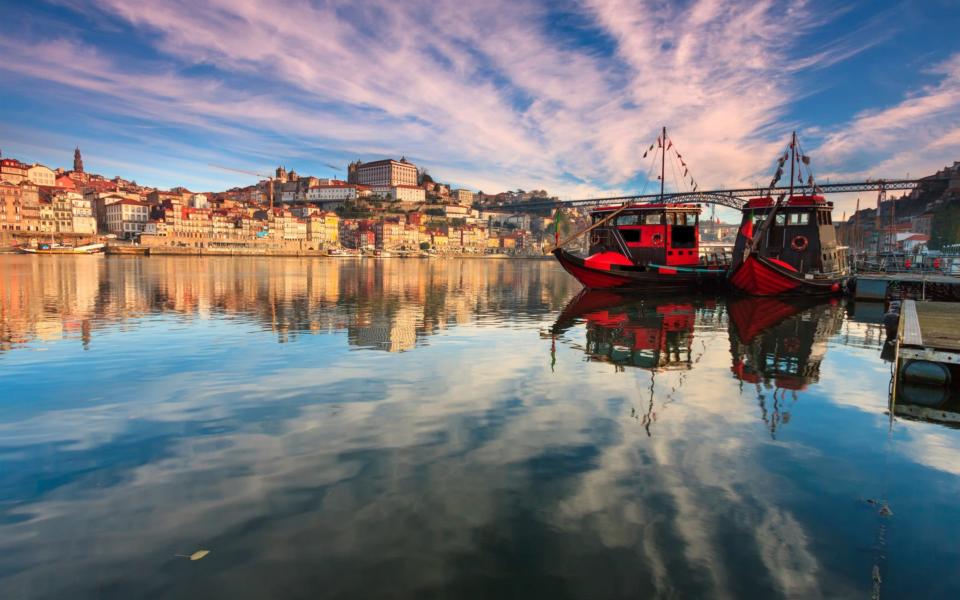
However, it is Porto that adds a really distinctive flavour to Douro sailings, with a rich trading history portrayed by pretty merchant’s houses lining the waterfront, while the city’s cathedrals and churches brim with frescos and gold leaf, opulent spoils from the New World.
Sitting across the river on the opposite bank is Vila Nova de Gaia, set up to rival Porto in the 13th century to avoid taxes, with the grand lodges of famous dealers such as Taylor’s, Graham’s and Cockburn’s all offering tours and tastings of their famous cellars.
When restrictions are lifted once more, the experience of exploring the Douro Valley promises to be all the sweeter.
How to do it
Douro cruises are offered by an increasing range of river cruise lines including Viking River Cruises; Riviera Travel; Uniworld; and Emerald Waterways.
Please check the latest travel advice from the Foreign, Commonwealth and Development Office before travelling, and be aware that government advice can change suddenly. Always check your operator's cancellation policy before booking.
Read more: Telegraph Travel's complete guide to the best hotels in the Douro Valley

